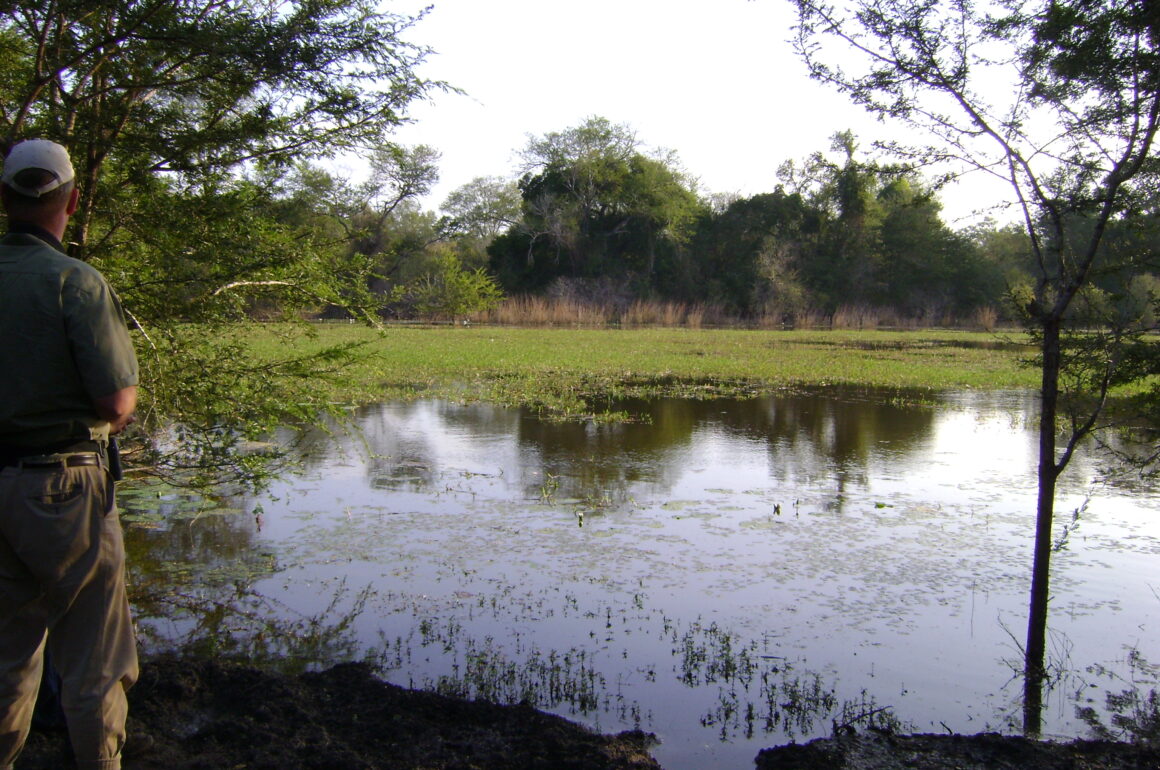
In his book Tales of a Tribe, author Mark Cocker describes an unfortunate event befalling a friend. One night while camping in the Himalayas, the birding friend hears a Satyr Tragopan calling. He leaves the camp to look for the bird, and has never been seen again. Non-birders will ask: what has happened, did they do a search and look hard enough, was he abducted by aliens? Birders will ask: did he see the bird? Sadly, we don’t know.
Is birding a dangerous sport, an extreme sport even? In his really entertaining book about his Australian Big Year, Sean Dooley describes how British birder Mike Entwhistle sets the Australian Big Year record while doing a birding world tour. He subsequently leaves for Peru and gets kidnapped and killed by Sendero Luminoso – the local brand of Maoists. Phoebe Snetsinger was an American birder who first passed the 8,000 species mark. She died in a car accident during a birding trip. And one of the first stories in her biography is how her friend died of altitude sickness. Famous ornithologist Ted Parker crashed into a mountain in Ecuador while surveying birds. And so forth. You could not be blamed to think that birders are almost like the Kennedy’s: good-looking but passing before their time.
All these people were legends – I barely scraped past 2000 in half a century. Still, I have some stories of my own and you may find them amusing, or just a reason to say “Peter, you idiot” or learn how to avoid a similar fate. Here’s my Top 3, with another incident already covered in a previous post.
For number three we need to travel to Mahango Park in Namibia. This is a small and very interesting park in northern Namibia. It has all Big Five animals and a whole lot of other grumpy mammals. However, you are allowed out of your car… provided you are “careful when walking around“. I drove in and went to the Kavango river floodplain. Before leaving the safety of the car I heeded the park’s advice and checked for animal tracks belonging to any biting, gnawing, mauling, trampling, stabbing or disembowelling species. None were found. I got out and walked to the river’s edge, and started scanning for birds while standing next to a bush. Long-toed Lapwing, Ashy Tit, Black-backed Cisticola, Lizard Buzzard, Meyer’s Parrot and Southern Black Tit were just some of my rewards (these were my lifers that day). It’s such a great place for birds. After about 10 minutes of bliss I heard a grunting sound and at the same time noticed a body-odoury, musky smell. Looking left I saw a big, male buffalo behind the bush. Just a few meters away from me. His eyesight obviously wasn’t great anymore and the wind was in my direction so he hadn’t noticed me yet. An old blind bull will do just one thing with any perceived danger, so I needed to get out of harm’s way quickly and without getting noticed. Now imagine a middle-aged birder, tip-toeing backwards through thornbush and you will understand what the next 5 minutes looked like for me. Was it 5 minutes? It seemed a lifetime. Back in the car and after my heartbeat had slowed to below a thousand beats per minute I started thinking. How did I miss this massive beast? There were still no tracks to be seen (I double-checked). And then I realized: he had waded through the river…
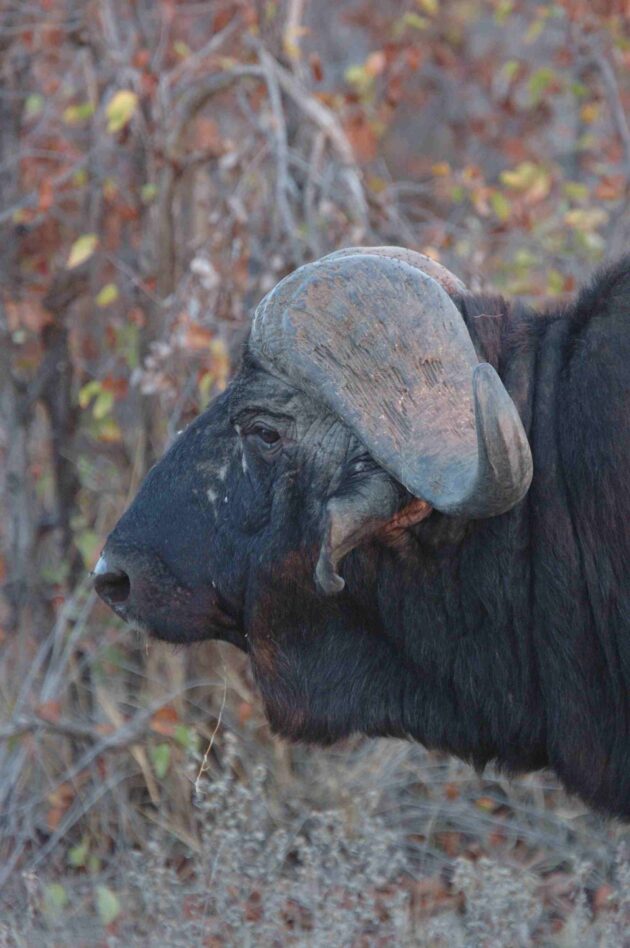
On another occasion I found myself in the Chimanimani Mountains on the border between Mozambique and Zimbabwe. My Mozambique project concerned Lake Chicamba Real – a big reservoir behind a dam in the River Revué. The reservoir provides drinking water to the town of Chimoio and process water to my client. I walked to the water’s edge and noticed the big indentations in the shore’s mud resembling dinosaur’s footprints. Having learned from my Namibian experience I walked away briskly. Now, not getting eaten by Nile Crocodiles isn’t actually my extreme birding example number two. It’s just the warm-up.
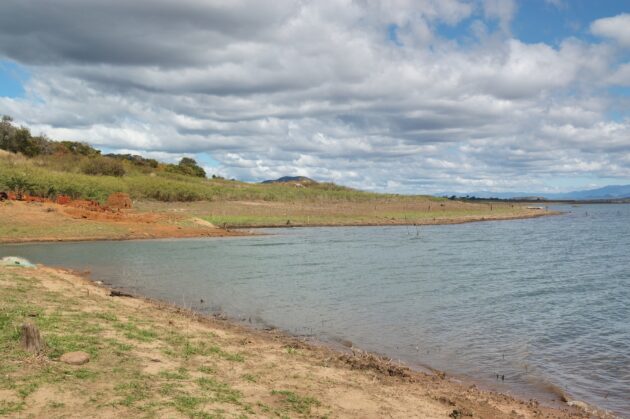
With the work done I decided to spend the rest of the day near the lake and the surrounding hills. I went to Casa Msika – a small hotel. I took some drinks to go and walked onto the property. The miombo forest showed its best side with one bird party after the other. Hardly any of the “miombo lulls” – those periods you see absolutely nothing at all. As an aside, outside Africa “bird parties” are called “mixed feeding flocks” – it says it all, doesn’t it? I ended up scoring four lifers: African Dusky Flycatcher, Village Weaver, Whyte Barbet and Zebra Waxbill. The total was much higher with an absolute stonking view of an African Paradise Flycatcher. Then I heard a ruckus. I listened, ascertained where the commotion was coming from, thought “probably birds mobbing some predator, could be an owl, let’s go” and moved towards the mob of birds. The following chain of events happened within a single second. My description may give the impression of agility and athleticism on my part – that would be the wrong conclusion to draw. But let’s see what happened. At the very same time I saw the mobbing birds a very large snake shot out towards me and rose up. In a panicky reflex, I jumped up and the snake struck my boot. While still in the air I saw the big, gaping black mouth of the snake. The snake shot under me into cover, I came down and realized a Black Mamba had just got way too close for comfort. Most snakes I have encountered are like the Panamanian snake in the picture – quickly and innocuously moving in the other direction. A mamba is another matter altogether which warrants its place in my Top 3. Respect!
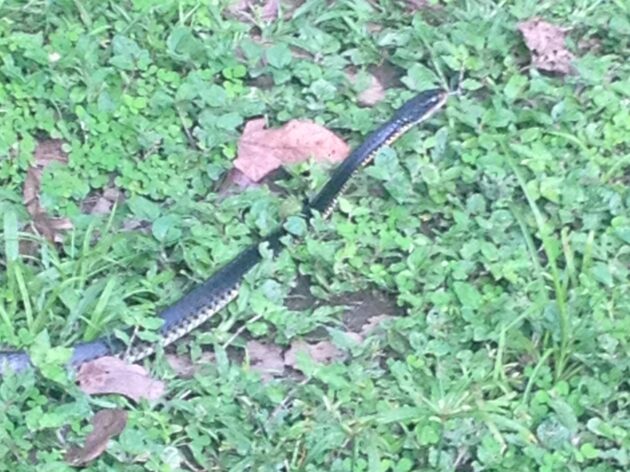
So, apart from large vicious mammals and venomous snakes, what else can possibly go wrong while birding? Well, here’s my number 1. After finishing yet another water stewardship training for a large beverage company in Accra I had some time to kill. Grabbed my binoculars, put on my flip-flops and hailed a taxi to bring me to the Sakumono Lagoon. I asked the taxi to wait on the causeway and walked into the swamp. A kind local person offered to build me a bridge across the first ditch for a mere dollar. He was nowhere to be seen for ditch number two so I waded in, the third, fourth and fifth ditch followed the same scenario. Spectacular birding was my reward: large flocks of Black-rumped Waxbill, Yellow-crowned Bishop, and Northern Red Bishop and displaying/singing Copper Sunbird, Little Bittern and Black Coucal. I also noticed the water’s origin in the lagoon as being predominantly sewage-derived. When I returned to the taxi, I must have smelled horrible but the taxi driver was more impressed with the blood gushing from my calves and shins – the leeches had had their bloody banquet.
Once I got home, I started feeling very sick. In my family, we have a tradition (in place since 1347 when we survived the Black Death) of “wait over the weekend and see what happens”. However, the weekend did not bring the necessary relief and I was now violently ill – worse than on a normal Monday. Called the family doctor, went by, and got sent to the Tropical Diseases Institute without her taking as much as my pulse… Not good for one’s morale, I can tell you. I got received by a doctor in her early thirties. She inquired what was wrong and I answered that “I had been naughty in Ghana”. Her initial friendly look turned to an expression best described as “you dirty bastard!”. It took me less than a second to realize “being naughty in Ghana” could be construed in an extra-marital way, so I hastened to add “I waded through sewage”. The look of relief on her face did not match the last statement but made a lot of sense in the whole conversation thus far. I described what I had done, and she happily started ticking every possible test for every possible tropical disease on her little lab sheet – from bubonic plague to yaws. Her whole demeanour just said: this is what I studied for all those years. She was positively happy and even recommended me a book to read. After regularly bleeding, peeing and pooping in a variety of containers over the ensuing few weeks I actually got better without ever getting a diagnosis. Probably some parasite I got rid of by myself but in case it ever surfaces I am staying close to Sigourney Weaver…
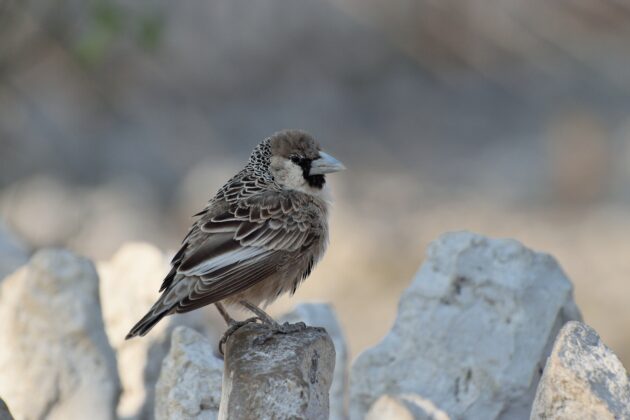













Yep, in order to become old and wise you must first be young and stupid.
Interesting that I have already followed suit but instead of a buffalo it was a hippo, and instead of the mamba it was a fer-de-lance. Let’s just hope that I escape the third parallel.
Africa is dangerous. I’ve been charged by a young bull elephant while birding on foot in Botswana (fortunately my guide was armed, and a shot over the elephant’s head caused it to abort its charge). On another occasion, in Kenya, one of my companions was tossed by a lone bull buffalo lurking near the Mara river. He suffered a broken tibia, but fortunately nothing worse.
Beware an old man in a hobby where men die young.
In 2021, while making a short stay on the Island of Guam, which I visited solely for the purpose of receiving my first covid vaccine, I experinced my first high-speed cycling crash in over 50 years of partaking in that activity. This was early one morning after I had spend the previous afternoon and night on the small offshore Islet of Cocos Island, currently the only place where it is possible to see the saved-from-extinction Guam Rail in the wild. Two weeks in the hospital (on American territory…Ugh!) and seven more of convalescence followed…. But I did see the bird, and some other great ones in the following months! 🙂
@Peter and Faraaz: in my case, an elephant in Moremi and a Javan spitting cobra on Java (duh!), though the cobra event was nowhere near Peter’s horrifying Mamba encounter. Luckily never caught any serious desease abroad, so much like Faraaz, I hope to never match that third event of Peter’s.
@David: Africa has its own set of dangers that most of us are unfamiliar with, and thus an entirely different set of rules to avoid these dangers. You are much more likely there to be attacked or harmed by wildlife compared to Europe, yet the chances of being run over by a car somewhere in the bundu are lower than in central Europe’s metropolitan areas. Having spent two years in Namibia’s wilderness, I’ve had relatively few dangerous incidents in the wilderness and more “close shaves” in Germany’s traffic since returning. So I’d say it’s even.
We have a simple three-rule system for when travel birding:
1. Feed your girl
2. See some birds
3. Do not die today
Rule #3 came from a sign outside of Joshua Tree National Park. It seemed so appropriate for this endeavor.
Saying “I had been naughty in Ghana” was likely the most near to death experience. I’m glad you said that to the doctor and not to your wife, avoiding a slow and painful end.